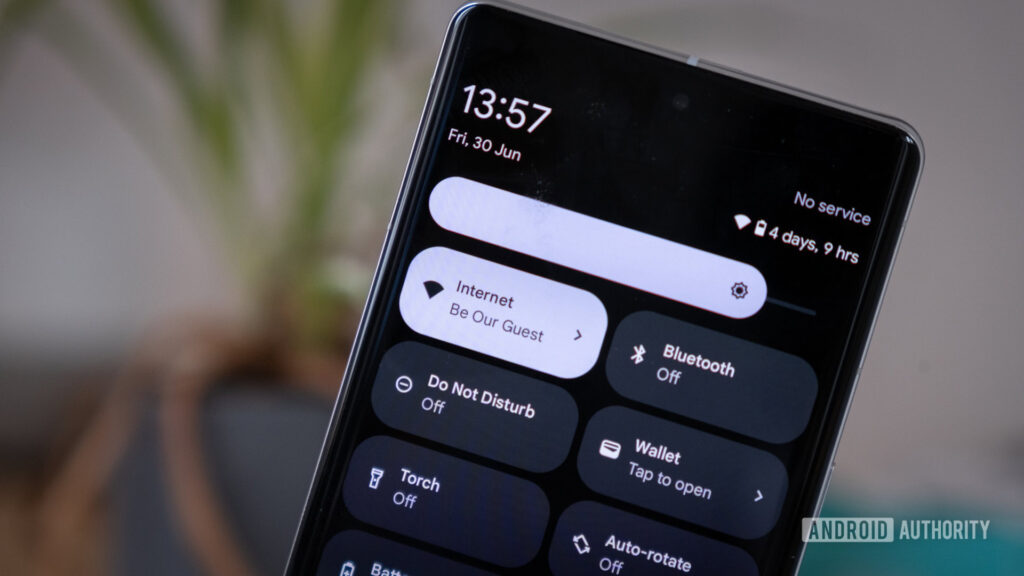Robert Triggs / Android Authority
TL;DR
- Your Android phone may be lying to you about signal strength, showing more network bars than it actually should.
- Telecom providers can exploit to show you an “inflated” signal strength.
- AT&T and Verizon have already been spotted using this tactic.
Telecom carriers often battle over broader coverage, the number of zip codes covered by 5G, and faster speeds. These claims, based on the carriers’ own marketing teams, paint a picture that’s far from the actual scenario and are often even contradicted in actual reports by independent parties. However, while it’s natural for corporations to paint a brighter picture, Google has been found colluding with carriers, allowing them to display fake signal strength on your phone.
Beyond tall marketing claims and fake 5G icons, carriers may also be lying through their teeth to you about signal strength. A recent report by Nick vs Networking highlights a flag, KEY_INFLATE_SIGNAL_STRENGTH_BOOL, in the source code for Android’s Carrier Config Manager, related to artificially “inflating” the network strength.
Based on the description, the flag can be turned on to display one more bar for signal strength than what is actually present. Although it has not been logged in Android’s support documents for CarrierConfig manager, it has already been added to Android’s source code, and the commit has been tracked through Android’s Git repository. The feature is turned off by default, but carriers can enable it with a simple OTA update. The impact may not be limited to Android devices locked by these two carriers but also applies to unlocked devices, since configuration settings can be loaded from the SIM card.
Don’t want to miss the best from Android Authority?
While it’s unclear which carrier requested the feature, Nick vs Networking managed to capture proof that two of the US’ major carriers — AT&T and Verizon — use the flag to manipulate signal strength values on devices using their networks. Therefore, if you’re using an Android device with either of these networks, you may see a false network strength indicator displayed on top of your phone’s screen. That can be a bit relieving to see, especially when you’re in tight spaces that typically receive limited coverage.
And while it’s unclear which carrier made the request — or which groups colluded to get it implemented, it is infuriating to know that Google obliged it, especially since the impact extends beyond individual consumers. These inflated network signals can be used to report broader network coverage than what truly exists. Beyond conflated figures, this feature also gives users a false sense of assurance and could make them less likely to complain about poor signal strength.
Notably, this isn’t the first instance of carriers going after signal strength. Back in 2017, carriers rallied to hide signal strength (in dBm or decibels per milliwatt) that is typically visible on Android devices, located under the “About phone” menu in Settings. Following that, Android’s source code added support for additional configurations, allowing carriers to define custom values for each of the signal bars. This feature enables them to display more signal bars than are actually present.
Thank you for being part of our community. Read our Comment Policy before posting.

